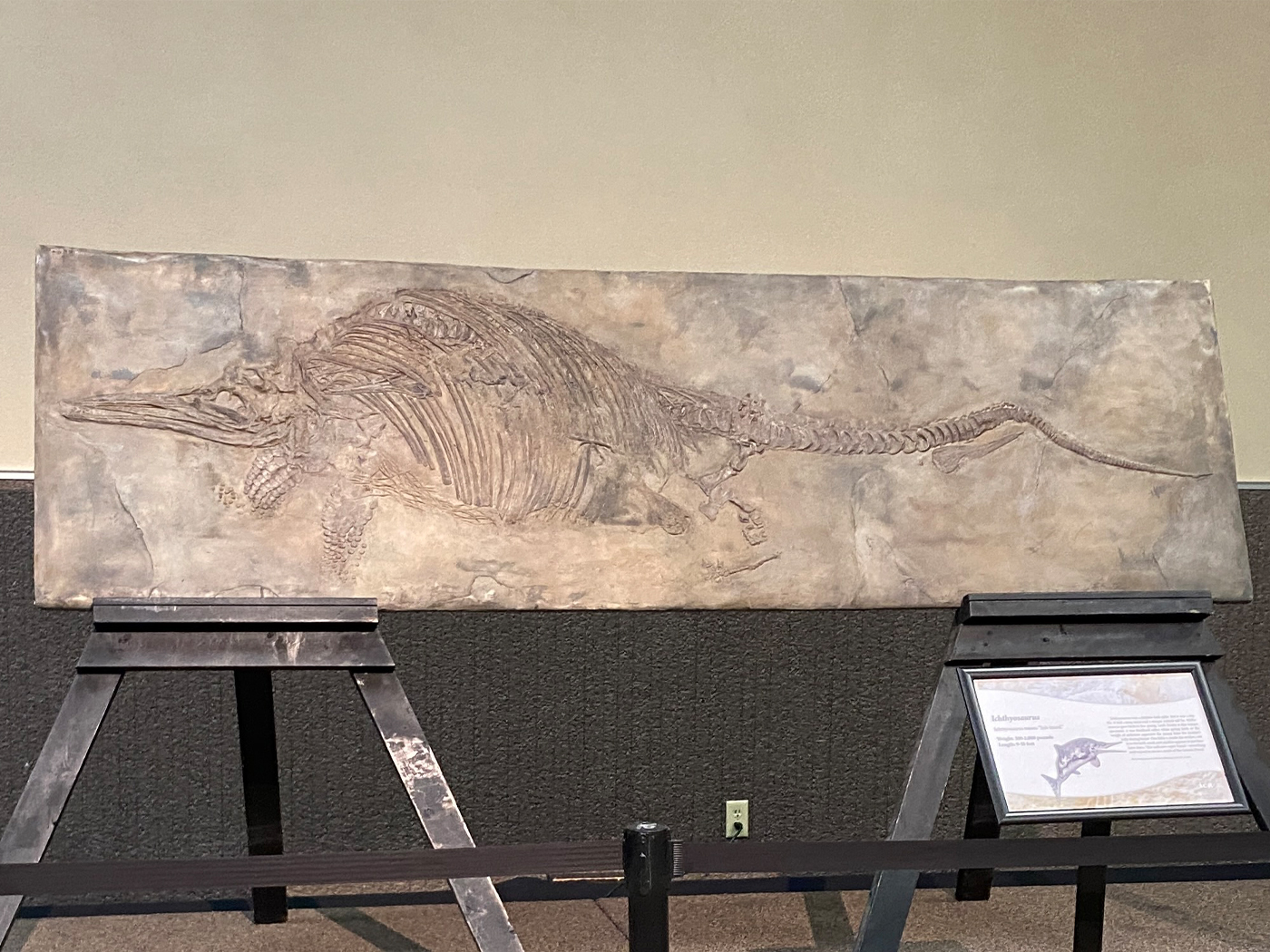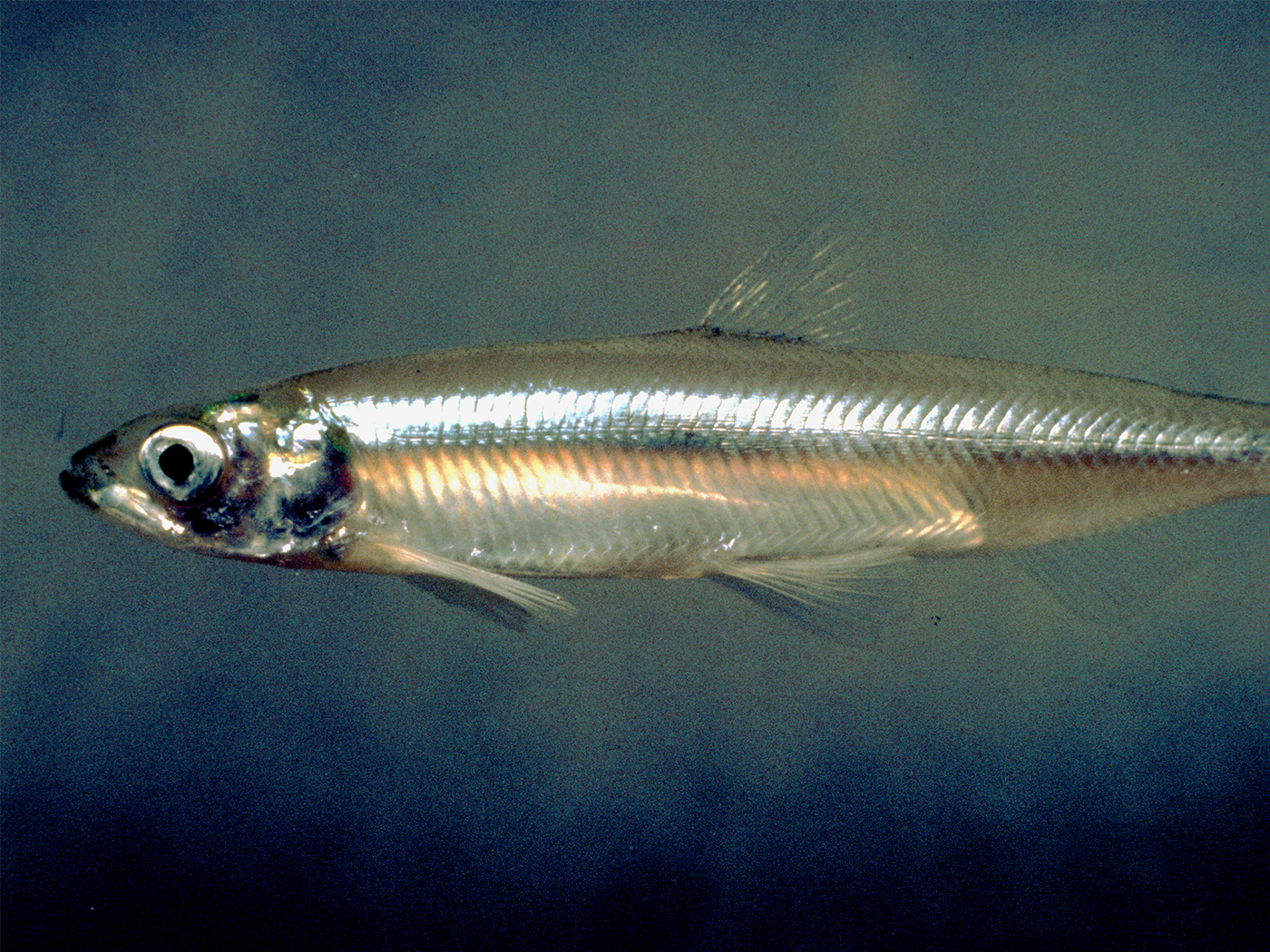"Cephalopods of Subclass Ammonoidea and especially the Mesozoic forms known in the vernacular as 'ammonites' are amongst the most abundant and well known of all fossils."1 Ammonites were a subclass of cephalopods (squid, octopus) with coiled shells, complex sutures (lines of fusion), and septa (a partition or wall between two cavities). Fossilized remains of ammonites may be found in virtually every country in sizes ranging from nine feet across to less than a half an inch. Ammonites may have been the favorite food2 of the marine reptile called the plesiosaur. The ammonites were free-swimming creatures (called nekton) of the open ocean, falling prey to plesiosaurs as they cruised the seas both before and during the Flood. According to secular science, the ammonites became extinct along with the dinosaurs 65 million years ago. But what of their origin? Were they created or did they evolve from an unknown non-ammonite ancestor?
Creation scientists see ammonites as always having been ammonites, complete with their intricately working parts. Evolutionists are puzzled by their regularly coiled shells,3 certainly not a problem for the creationist. Is there variation among these creatures? Certainly, within the created ammonite kind. For example, ammonites—big or small—are found in the fossil record from the Early Devonian to the Upper Cretaceous, but always as ammonites. The sutures in the shells were found to be more elaborate in the Late Paleozoic and Mesozoic, but there is no significant change. There are no intermediate or part-way ammonite forms in the fossil beds—no unambiguous line of evolutionary descent. For example, non-creationist Richard Milton writes of a hundred-foot section of clay in Folkestone, England, containing ammonites:
Museums and private collections are full of them, preserved in beautiful detail including an iridescent pearly shell. They come from a section of clay perhaps 100 feet high, which presumably, in uniformitarian terms, represents millions of years of sedimentation. Yet among the tens of thousands of specimens dug up by collectors, no one has ever found a specimen that is part way between Hoplites dentatus and Euhoplites lautus or between lautus and Mortoniceras inflatum—or between any of the fourteen different ammonites.4
Here's the point. When one searches through specific sections of the sedimentary rock, no evidence of macroevolution is found, be they ammonites or people. Furthermore, the complexity of these creatures doesn't match the Darwinist prediction that states they should become more complex as one goes up the sedimentary rock layers.5
What happened to the ammonoids? "The reason for their extinction remain a mystery."6 Perhaps they all died in the catastrophic flood as described in Genesis.
_____________________________
6. Hickman, C. et al. 2020. Zoology. 18th edition. McGraw Hill. 364.













